This is our 10th pellet production line project exported to Colombia and the 40th biomass pellet production line we have established in South America. This project is a 5-6t/h straw wood pellet production line with an ultimate annual output of 30,000 tons. The investment amount of this project is US$280,000.
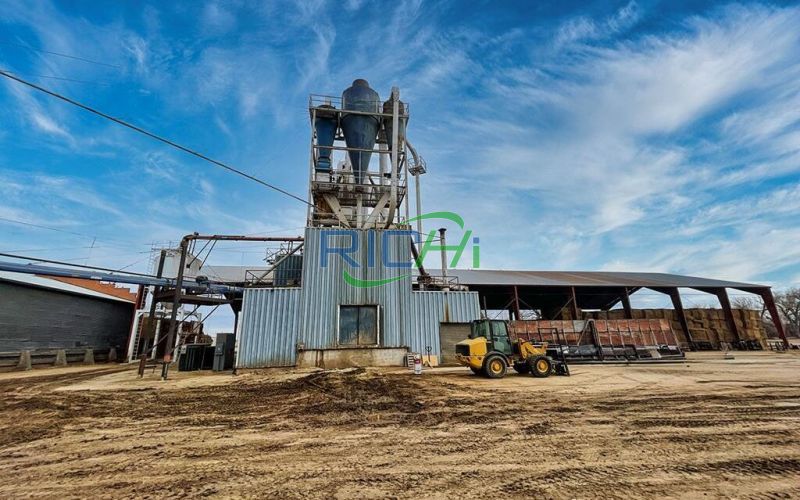
The prospects for building a wood pellet production line in Colombia are generally positive. Colombia's wood processing exports account for a considerable part of its exports, and as one of the pillar industries of the economy, local sawmills are able to produce higher quality wood products and maintain export competitiveness through upgrading equipment and innovation. In addition, Colombia is working with value-added manufacturing to increase trade flows of wood fiber and find ways to expand local production of high-value wood products.
Despite the challenges, there are still development opportunities for the construction of wood pellet production lines in Colombia. Through government funding and support for innovative projects, wood product manufacturers can add new product lines to achieve business growth and diversification.
In addition, increased demand in areas such as biomass power plants, industrial boilers and drying plants also provides new market opportunities for wood pellet production lines.
The biomass wood pellet production line in Colombia project uses straw as the main raw material and stalks as the supplementary raw material, and produces 30,000 tons of biomass fuel pellets annually through processes such as crushing-granulation-cooling-baling. The project has a labor quota of 6 people. The project adopts a two-shift, eight-hour work system per day, and 300 working days per year.
Name:
Biomass Wood Pellet Plant
Country:
Colombia
Date:
2024.03.19
Capacity:
5-6T/H
Pellet Size:
8-10mm
The install period:
30 Days
Control Mode:
Semi-automatic
Guiding Price:
280,000 USD
The biomass wood pellet production line in Colombia project covers an area of 3661m2 and a total construction area of 3000m2. The main construction contents of the project are as follows:
| Name | Construction Project | Main Construction Content |
| Main Project | Production Workshop | 1F, Total Construction Area 1500m2 |
| Raw Material Warehouse | 1F, Total Construction Area 800m2 | |
| Finished Product Warehouse | 1F, Total Construction Area 300m2 | |
| Auxiliary engineering | Office building | 1 floor, construction area 370m2 |
| Weighing room | 1 floor, construction area 20m2 | |
| Electric room | 1 floor, construction area 10m3 | |
| Public works | Water supply | Rely on the local water supply network |
| Heating | Air conditioning is used in workshops and offices to adjust the room temperature | |
| Power supply | Rely on the local power supply grid | |
| Environmental protection projects | Waste gas | During the production process, the dust from screening, crushing and mixing is collected by the gas hood + treated by the bag dust collector, and the tail gas is discharged into the air through a 15m high exhaust pipe |
| Waste water | The waste water of this project mainly includes vehicle washing waste water, equipment washing waste water, plant washing waste water and domestic sewage. Vehicle washing waste water, equipment washing waste water and plant washing waste water are recycled after sedimentation in a 5m3 sedimentation tank, and domestic sewage is regularly cleaned and used for fertilizing the fields after being treated in a 5m3 septic tank. | |
| Noise | Noise reduction, vibration reduction, sound insulation, etc., meet the "Environmental Noise Emission Standards for Industrial Enterprises" | |
| Solid Waste | All dust collected by bag dust collectors is reused in production; impurities generated by screening are sold out; domestic garbage is collected and transported by the sanitation department for centralized disposal. |
Screen the purchased raw materials (sawdust, straw) to remove the impurities (large particles of sand and gravel).
Purchase raw materials (the raw materials used in this project are dry raw materials, and the moisture content of raw materials is ≤10%), and manually put the raw materials into the crusher for crushing.
The materials after preliminary crushing are then sent to the crusher for crushing through a bucket car. Some of the raw materials contain iron nails, which need to be removed. The project crusher and crusher are equipped with iron removal devices (magnets).
The moisture content of the raw and auxiliary materials entering the site is about 40%. Drying can remove some moisture, but the process requires the moisture content to be below 20%, so the raw materials need to be dried.
The dryer used in this project is an electric dryer, which can effectively reduce the moisture content of the raw and auxiliary materials to below 20%.
This Colombia biomass pellet production line project conveys the crushed powder through a belt to the hot pressing biomass pellet machine, and presses it into granules under high temperature and high pressure.
The biomass pellet mill of this project uses electricity as energy to provide power. Hot pressing molding process is one of the most widely used biomass compression molding processes.
For different raw material types, particle sizes, moisture content and molding equipment, the molding process parameters must also change accordingly. However, since lignin begins to soften and become sticky at 70~100℃, it becomes molten when the temperature reaches 200~300℃ and has high viscosity. It can act as a binder during the hot pressing process.
Therefore, the heating and molding temperature is generally maintained at 150~300℃ to soften lignin, cellulose, etc. and extrude them into biomass fuel pellets.
The molded product is transported to the stacking table by the elevator. After being lifted by the elevator, it is naturally cooled in the elevator funnel. When the temperature drops to room temperature, the product is packaged and stored for sale.
The main equipment and facilities of the biomass wood pellet production line in Colombia project are listed in the table below.
| Serial number | Equipment name | Quantity |
| 1 | Feeding bin | 1 |
| 2 | Conveyor belt | 1 |
| 3 | Rolling screen | 1 |
| 4 | Chipper Crusher | 2 |
| 5 | Hammer Mill Crusher | 2 |
| 6 | Biomass Pellet Machine | 3 |
| 7 | Dryer | 1 |
| 8 | Finished Product Warehouse | 1 |
The environmental protection measures adopted by this biomass wood pellet production line in Colombia project are as follows:
| Type | Pollution source at the discharge port | Pollutant items | Environmental protection measures | Implementation standards |
| Waste gas | Screening, crushing, pulverizing | Dust | A gas collecting hood is set above, and after being treated by a bag dust collector, it is discharged from a 15m high exhaust pipe | Meet the "Integrated Emission Standards for Air Pollutants" |
| Surface water environment | Vehicle washing wastewater, equipment cleaning wastewater, factory washing wastewater | / | 1 5m3 tertiary sedimentation tank | / |
| Domestic sewage | Domestic sewage is discharged into a 5m3 septic tank and regularly transported to the fertilizer field | |||
| Acoustic environment | Noise generated by the operation of crushers, screening machines, etc. | Equivalent A sound level | Distance attenuation, foundation vibration reduction, factory sound insulation | "Industrial Enterprise Factory Boundary Noise Emission Standard" |
| Solid waste | Screened impurities | For sale | For sale | / |
| Dust ash collected by dust collector | Recycling | Recycling | ||
| Domestic waste | Hand it over to the local sanitation department for disposal | Garbage bin | ||
| Environmental risk prevention measures | The main risk material involved in this project is lubricating oil. The following measures can prevent certain risks from occurring. 1. Establish and improve various rules and regulations on fire protection and production safety, and establish a job responsibility system. Open flames are strictly prohibited in warehouses and production workshops. Production workshops, public works, warehouses and other places are equipped with sufficient foam, dry powder and other fire extinguishers, and they are kept in good condition. 2. There are enough fire passages in the factory area. Fire water supply pipes and fire hydrants are set up in production workshops and warehouses. The factory should organize volunteer firefighters and conduct regular training and exercises. An automatic alarm system shall be set up for places with fire hazards, and emergency response shall be made immediately in case of fire. 3. For hazardous waste warehouses, a monitoring system shall be set up, mainly installing video monitoring facilities at key locations such as warehouse entrances and exits, inside the warehouse, and at the factory gate, for real-time monitoring and networking with the central control room. A hazardous waste information disclosure column is planned to be set up at the factory gate, and storage facility warning signs shall be set up on the outer walls of the hazardous waste warehouse and the walls of various hazardous waste storage places. During the storage process, the construction unit plans to set up stainless steel trays under the liquid hazardous waste storage containers, or set up trenches at the hazardous waste temporary storage places, etc. In case of a small amount of leakage, the remaining solution in the container shall be transferred immediately, and the leaked liquid in the trays and trenches shall be collected to prevent the leaked materials from volatilizing into the atmosphere. 4. A diversion ditch shall be set up in the warehouse, and the rainwater pipes and accident ditch collection systems in the factory area shall be strictly separated and equipped with switching valves. |
|||
| Other environmental management requirements | ① Establish a sound environmental management system, set up a special environmental management agency, and establish a sound environmental monitoring system. ② Regularly monitor the project's waste gas (exhaust pipes and unorganized), factory boundary noise, etc. according to the environmental monitoring plan. ③ Reserve monitoring ports for exhaust pipes and set up corresponding signs. ④ Set up sampling ports in accordance with the requirements of the "Technical Specifications for Monitoring Exhaust Gas from Fixed Sources". |
|||
The preliminary work of building a biomass pellet production line in Colombia mainly includes market research and site selection, company registration and obtaining relevant licenses, construction planning and approval, equipment procurement and installation, raw material procurement and storage, etc.
The prospect of building a wood biomass pellet plant in Colombia is very broad. With the global attention to environmental protection and the transformation of energy structure, biomass pellets, as an environmentally friendly and renewable energy, have continued to grow in market demand, strong policy support, and continuously mature technology, providing entrepreneurs with broad market space and business opportunities.
In summary, building a biomass wood pellet production line in Colombia is not only in line with the general trend of environmental protection and energy transformation, but also has broad market prospects and policy support. It is an entrepreneurial field full of opportunities.
Having the right mix of reliable, high-quality pellet machine and pelletizing systems and expert support is essential to your success. Watch how our end-to-end feed pellet plant solutions have helped our customers optimize their performance.
Our customized and future-proofed turnkey pellet plant solutions is designed with you at the core. From vision to reality and beyond, our team stays connected with yours. Giving you peace-of-mind with an expert at your side.
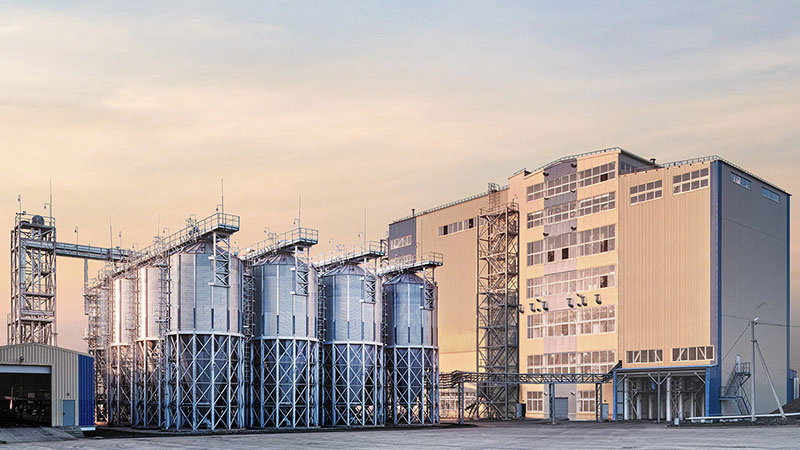
At RICHI, we go beyond project completion. With RICHI Servicee, we’re your dedicated partners in success. Count on us for expert guidance, minimal downtime, and optimized productivity. Choose RICHI for unmatched service and support.
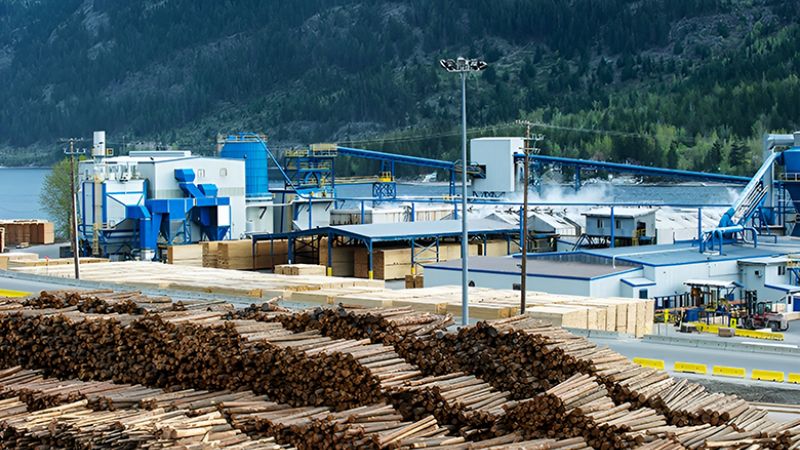
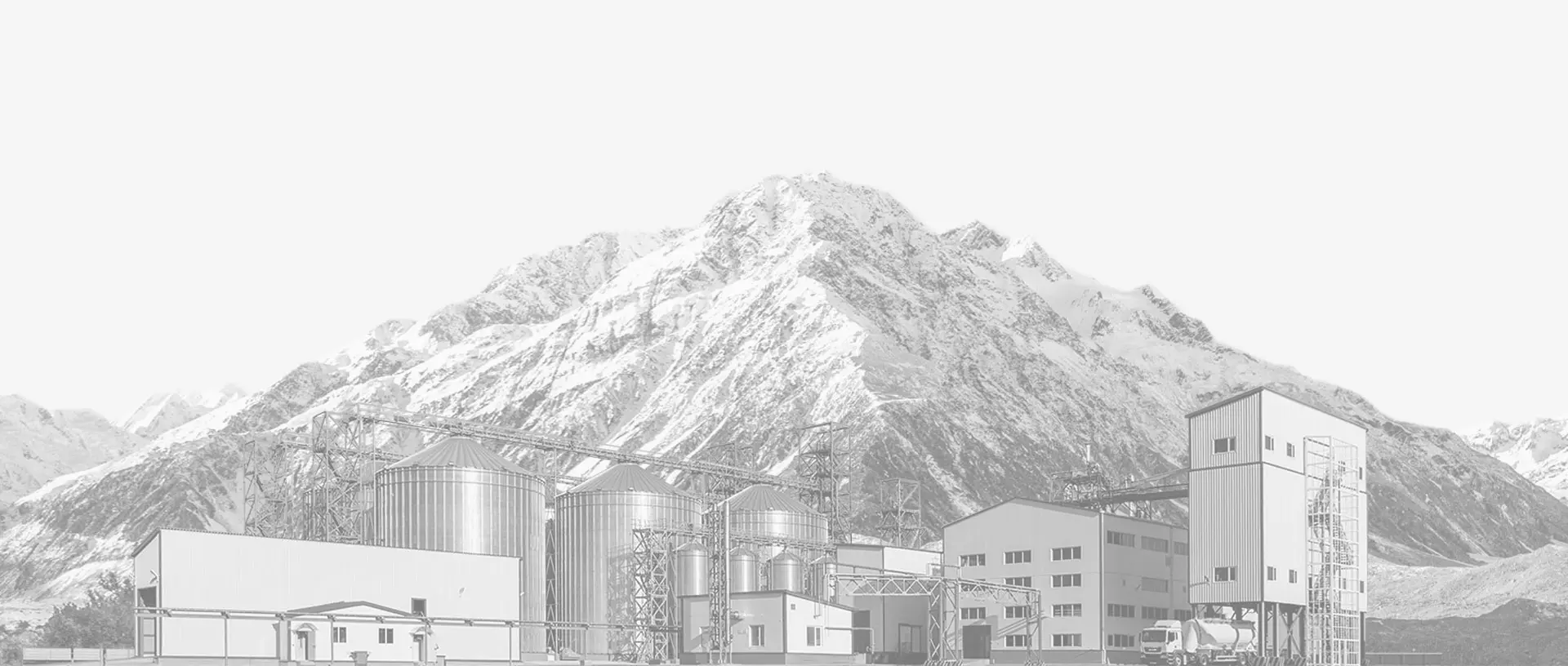

Meet global product demands and quality standards with industry-leading pellet plant design, engineering, equipment, and construction services for pellet processors.
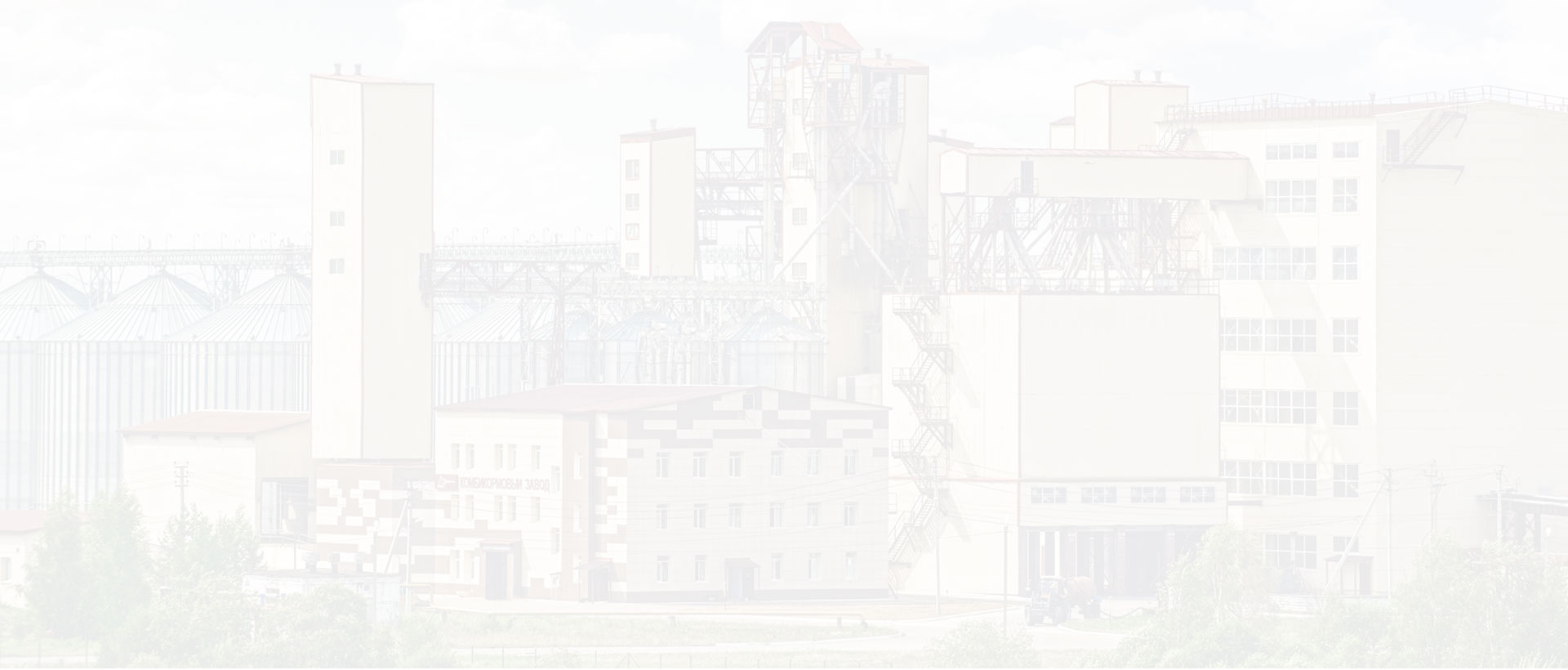

Your Partner Beyond Project Completion
2000+ cases
RICHI is the leading designer, manufacturer and builder of pellet plants in the world, completing over 2000 projects in 140 countries across 6 continents.
Read More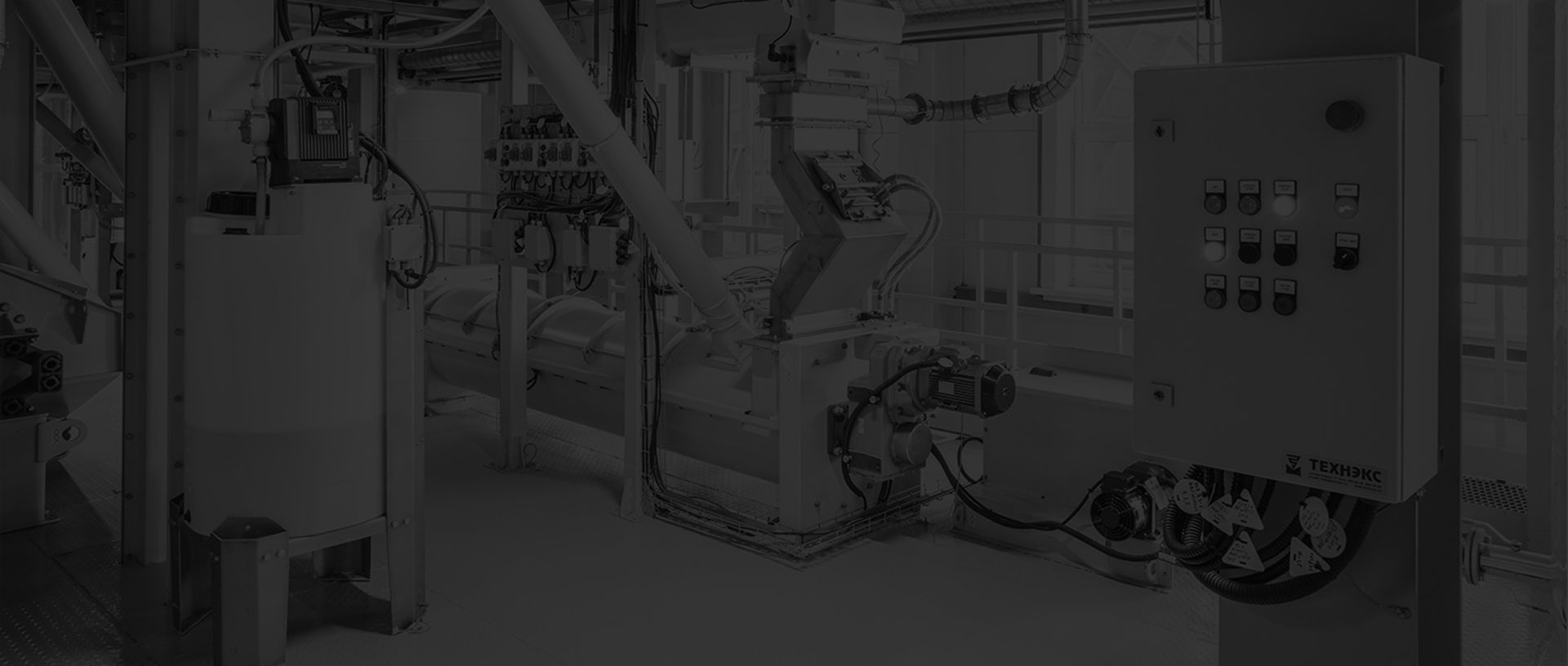
Increase plant productivity, profitability, and safety by integrating high quality equipment into your pellet production line. Over the years, RICHI has become China's top pellet equipment manufacturer. At the same time, RICHI has established valuable partnerships with the world's leading component and raw material manufacturers to bring you the best there is in technology, automation, and efficiency in pelleting plant machinery.

For nearly 30 years, RICHI has been providing best-in-class pellet plant equipment and services to clients across a variety of industries, sizes, and needs. We pride ourselves on the knowledge and skill that each team member possesses – from our technical sales team to our process design engineers. You can count on RICHI Machinery to take your operation to the next level of innovation, quality, and success.
Need help with your pellet manufacturing plant project? Contact us today.
ANIMAL FEED
BIOMASS
WOOD
ORGANIC FERTILIZER
AQUA FEED
CAT LITTER
MUNICIPAL WASTE RECYCLING
SPECIAL PELLET PRODUCTION
RICHI Machinery continues to deliver world class pellet mill equipment, pellet plant engineering and project solutions that add value to our customers in the animal feed, wood waste, agriculture waste, organic fertilizer, cat litter and special pellet products industries. Throughout the years, we RICHI Machinery have built strong brand, becoming industry-leading pellet machine manufacturer. We value integrity, promise quality, and prioritize your success.
Learn MoreWith our expert team, we precisely implement your process engineering requirements in pellet mill and pelletizing plant systems. No matter which industry you’re in – we understand your needs and deliver solutions that meet the highest standards.
At RICHI, quality comes first. Our pellet making machine and related pellet line equipment undergo rigorous quality controls to ensure they meet the highest standards. Rely on products that are durable, safe, and efficient.
With decades of experience in pellet machine and pellet production line production, we have earned a reputation as a trusted partner in various industries. Our expertise allows us to cover a wide range of applications.
Not only do we offer premium pelleting equipment, but we are also experts at designing, building, installing, and maintaining facilities from the ground up. Our expertise is within pellt plant process design, discovering the most efficient, productive, and profitable way to handle your materials in an end-to-end cycle.

Keeping in touch with us is an effective way to solve all your problems. If you have any needs or questions, please leave your contact information, then RICHI technical consultants will send design, quotation, videos to your mailbox. You can also contact us directly via WhatsApp: +86 13838389622
Copyright©2015-2024 by HENAN RICHI MACHINERY CO., LTD. All rights reserved.